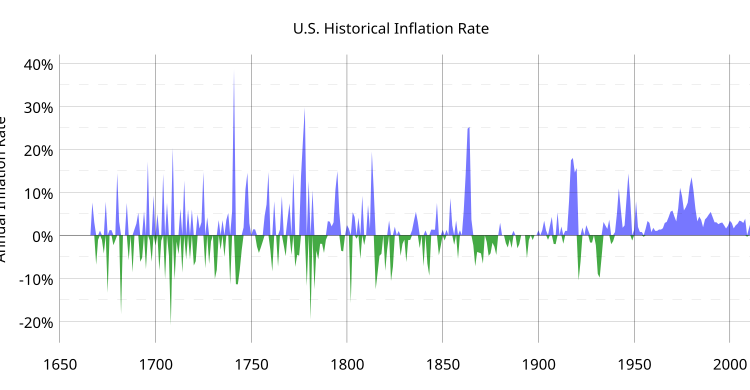Act now or face global consequences in just a decade!
- Satellite air pollution is emerging as a significant environmental issue.
- Current international treaties do not address pollution from satellite reentries.
- Researchers propose including satellite-related chemicals in the Montreal Protocol.
- The rise of megaconstellations increases the amount of human-made space debris.
- Alumina, a byproduct of burning satellites, poses risks to the ozone layer.
- Immediate action is needed to prevent long-term environmental impacts.
Air pollution from satellites burning up in Earth’s atmosphere is becoming a pressing environmental concern, yet it falls through the cracks of existing international space treaties and Earth-focused environmental laws. Researchers are advocating for the inclusion of chemicals produced during satellite reentries in the 1987 Montreal Protocol, which currently bans substances harmful to the ozone layer. nnHistorically, satellites burning in the atmosphere were a minor issue, overshadowed by the vast number of meteorites entering Earth. However, the advent of megaconstellations—groups of hundreds or thousands of satellites—has significantly increased the volume of human-made debris. In 2023 alone, an estimated 200 metric tons of defunct satellites burned up, a stark contrast to the 16,000 metric tons of natural meteorites that enter the atmosphere annually. Projections suggest that by 2033, the amount of incinerated satellite debris could reach 3,600 metric tons, accounting for over 20% of natural space rock incineration. nnThis surge in satellite debris raises alarms among scientists, as these man-made objects are composed of materials like aluminum that oxidize into compounds not typically found in the atmosphere. One of the most concerning byproducts is aluminum oxide, or alumina, which can reflect sunlight and potentially disrupt the Earth’s energy balance. While this might seem beneficial in slowing climate change, the long-term effects of such human-induced cooling are unpredictable. Additionally, alumina can harm the ozone layer, which protects the planet from harmful UV radiation. nnThe Montreal Protocol has successfully facilitated the recovery of the ozone layer since its inception, and experts believe it should be amended to include satellite pollution to prevent further damage. Current international treaties, such as the Liability Convention and the Outer Space Treaty, do not address the environmental impacts of satellite reentries. Legal experts suggest that international environmental law could help fill this gap, but amendments would be necessary to cover the specific threats posed by satellite pollution. nnWith particles from burning satellites potentially lingering in the atmosphere for decades, experts warn that immediate action is crucial. Minkwan Kim, an associate professor at the University of Southampton, emphasizes the urgency, stating that if no action is taken, the world could face significant impacts within the next ten years. The time to initiate discussions and find solutions is now, as delaying could lead to irreversible consequences for our planet.·
Factuality Level: 7
Factuality Justification: The article presents a relevant and timely issue regarding satellite pollution and its potential environmental impacts. It includes expert opinions and data from a workshop, which adds credibility. However, some sections could be seen as slightly alarmist, and there are moments where the implications of the findings are not fully substantiated, leading to a lack of clarity on the actual risks involved.·
Noise Level: 8
Noise Justification: The article provides a thoughtful analysis of the emerging issue of air pollution from satellites, highlighting the potential environmental impacts and the need for regulatory changes. It includes scientific data, expert opinions, and historical context regarding the Montreal Protocol, making it relevant and informative. The article stays on topic and supports its claims with evidence, while also exploring the consequences of satellite pollution and holding relevant authorities accountable.·
Private Companies: Space Forge
Key People: Andrew Bacon (Chief Technology Officer at Space Forge), Minkwan Kim (Associate Professor of Astronautics at the University of Southampton), Rachael Craufurd Smith (Space Law Expert at the University of Edinburgh), Micheal Hennesey (Lecturer in International Environmental Law), Fabio Tronchetti (Associate Professor of Law at Northumbria University)
Financial Relevance: No
Financial Markets Impacted: No
Financial Rating Justification: The article discusses environmental issues related to satellite pollution and its potential impact on the ozone layer, but it does not address financial topics or events that would impact financial markets or companies.·
Presence Of Extreme Event: No
Nature Of Extreme Event: Other: satellite pollution
Impact Rating Of The Extreme Event: Moderate
Extreme Rating Justification: The article discusses the potential environmental impact of satellite pollution, particularly the release of aluminum oxide during satellite reentries. While this is a growing concern, it does not constitute an extreme event that has occurred in the last 48 hours.·
Move Size: No market move size mentioned.
Sector: All
Direction: Down
Magnitude: Large
Affected Instruments: No
 www.space.com
www.space.com 





